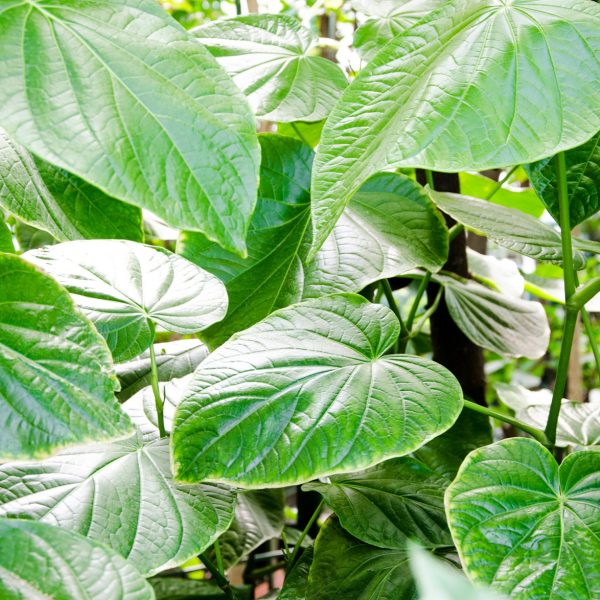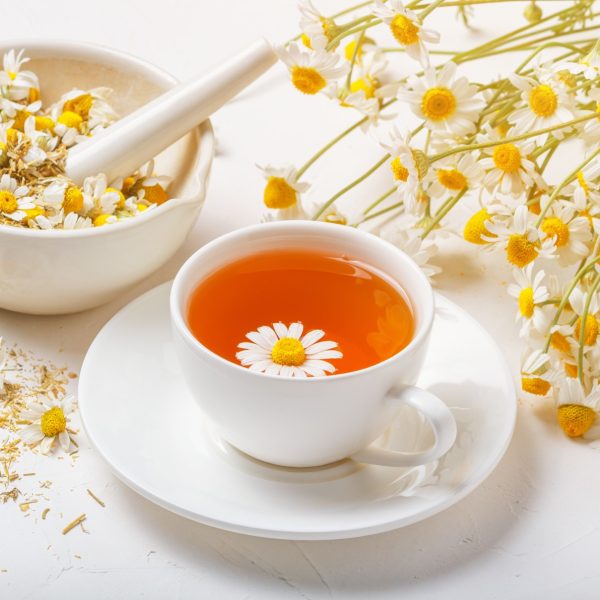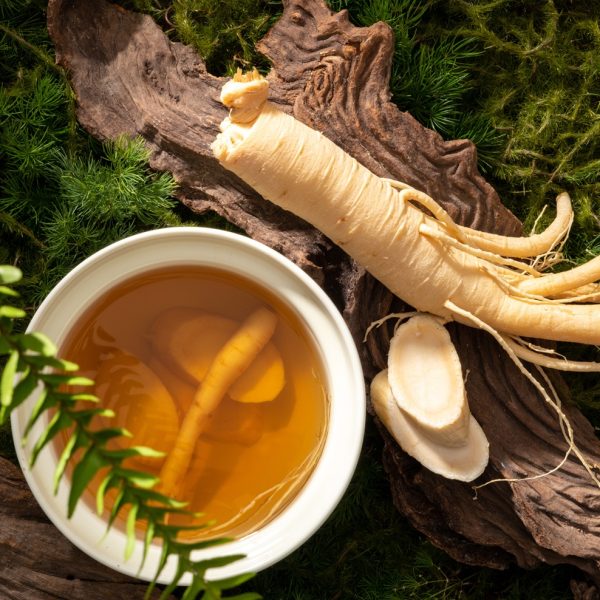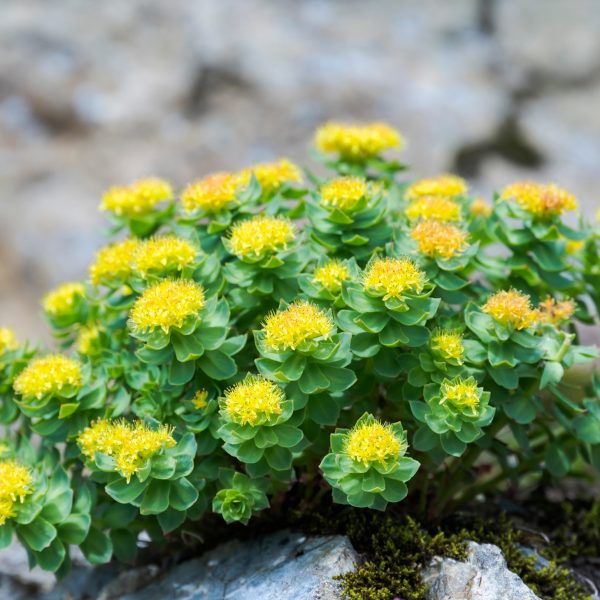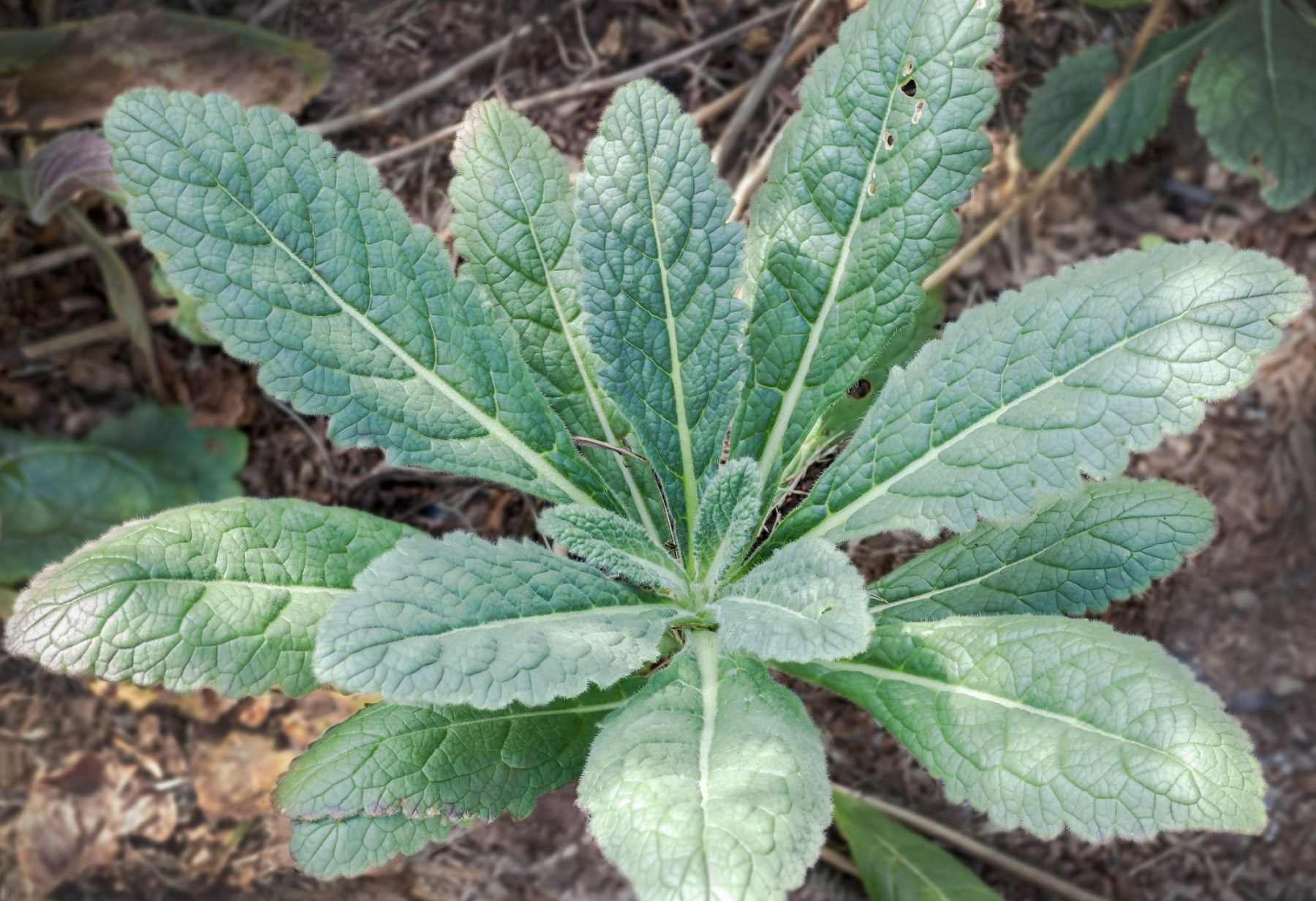-
How does it feel?
-
What can I use it for?

Rehmannia (Rehmannia glutinosa) A wonderful nourishing medicine that can be used to support in times of high stress, rehmannia is a highly esteemed adaptogenic medicine (a substance that supports the bodies resilience to the damaging effects of stress) used for centuries in ancient China.
The adrenal glands produce ‘stress hormones’ in response to various challenges (including physical stressors like cold and hunger as well as psychological or emotional ‘stress’. These hormones are essential for the balanced function of our body’s systems. However with prolonged periods of stress, sometimes these hormonal responses are disturbed, and can create long term problems in the body.
Adaptogens like rehmannia protect the systems of the body that are most affected by disturbed stress responses, such as the nervous and immune systems.
-
Into the heart of rehmannia

Rehmannia (Rehmannia glutinosa) In the 7th Century China, rehmannia was said to be among the most highly valued medicinal plants, having the ability to remove excess heat throughout the body (heat translating as metabolic activity and inflammation).
In the TCM understanding of excess heat, yin deficiency (yin loosely in this case, referring to coolness and substance) is thought to be the primary cause.
Yin deficiency presents itself as hot inflammations such as skin conditions, joint pain, aversion to heat, feverishness, hot flushes, thirst and other diseases of a hot and inflammatory nature.
Rehmannia is also used to support those with adrenal fatigue. This occurs when an individual has been exposed to prolonged high levels of stress hormones, possibly from trauma, over working or challenging personal circumstances.
The presenting symptoms of adrenal fatigue are often physical and mental fatigue, but beneath that are classic yin deficiency symptoms, such as insomnia, night sweats, premature grey hair, lower back pain, joint pain, loss of libido, dry skin and hair.
In TCM rehmannia is also traditionally used often in combination with astragalus as a tonic to slow ageing, both improving memory, longevity and overall health.
In TCM the concept of yin and yang serve as the foundation for understanding health and disease. The energetic or elemental characteristics of both translate to a TCM practitioner by the nature of their balance (or imbalance). In disease, either one or the other may be in excess or deficiency.
Yin means the more substantial energies, coolness, feminine, darkness, rest and right, yang meaning light energies, warmth, masculine, activity and left. Yin deficiency is a deficiency of coolness (which leaves yang in excess – causing heat and inflammation).
-
Traditional uses

Rehmannia (Rehmannia glutinosa) Rehmannia’s two different preparations have their own unique energetic qualities and applications.
Uncured is both bitter and sweet, producing a cooling effect upon the body, some of the specific applications for this medicine are to reduce heat and inflammation. As a bitter medicine this action may be due to the mechanism of bitters upon the liver (bitter compounds in herbal medicines are known for their stimulating effect upon the liver. A dysfunctional liver can generate higher levels of blood toxicity which can lead to hot skin inflammations and other inflammatory conditions).
Cured rehmannia has a deeper, richer, slightly warm and nutritive action. The applications for this form of its medicine are more towards weakness in the body; in promoting ‘blood’ (xue – a dense form of qi) it has been applied for anaemia, dizziness, tinnitus and for regulating the menstrual cycle. Both an adaptogen and tonic this form of rehmannia would be best suited for convalescence from illness.
-
Traditional actions
Herbal actions describe therapeutic changes that occur in the body in response to taking a herb. These actions are used to express how a herb physiologically influences cells, tissues, organs or systems. Clinical observations are traditionally what have defined these actions: an increase in urine output, diuretic; improved wound healing, vulnerary; or a reduction in fever, antipyretic. These descriptors too have become a means to group herbs by their effects on the body — herbs with a nervine action have become the nervines, herbs with a bitter action are the bitters. Recognising herbs as members of these groups provides a preliminary familiarity with their mechanisms from which to then develop an understanding of their affinities and nuance and discern their clinical significance.
-
Traditional energetic actions
Herbal energetics are the descriptions Herbalists have given to plants, mushrooms, lichens, foods, and some minerals based on the direct experience of how they taste, feel, and work in the body. All traditional health systems use these principles to explain how the environment we live in and absorb, impacts our health. Find out more about traditional energetic actions in our article “An introduction to herbal energetics“.
Chinese energetics
-
What practitioners say

Rehmannia (Rehmannia glutinosa) Endocrine system
A plant with a long standing reputation as an adrenal tonic. The adrenal hormones deal with many important coping functions in the body, and are essential for wider health. However with prolonged periods of stress, these hormones can lead to chronic problems.
To support its reputation as an adaptogenic medicine, studies have found that rehmannia affects the metabolism of cortisol (a stress hormone which is released by the adrenal cortex), making it less likely to disrupt the stress response (2).
Digestive system
Rehmannia has been found to be effective in reducing blood sugar levels (11). With a strong thread of reference in traditional written herbals for use as a supportive medicine for diabetics (2).
Immune system
The immune system is directly affected by excess stress hormones, therefore it is common to see symptoms of a compromised immune system where adrenal fatigue and prolonged stress are concerned.
Supporting the adrenal glands and lowering stress hormones in the body allows the immune system to function in natural balance, reducing inflammation and increasing overall resilience to illness.
Rehmannia is also indicated in autoimmune diseases to reduce inflammations and can be used in cases of rheumatoid arthritis, urticaria, asthma and other autoimmune conditions (2).
In conjunction with astragalus, rehmannia has been shown to demonstrate anti-allergy effects, both promoting balanced immune function and reducing inflammation (2).
Nervous system
Rehmannia has a neuroprotective effect, it is sometimes used in cases of memory loss, particularly when associated with ageing.
With its anti-inflammatory and antioxidant effects rehmannia is both protective against neurotoxicity and is also trophorestorative (restoring nutrient balance in the cells of the nervous system) (3, 4).
In the same context there is some support for the use of Rehmannia in treatment of inner ear diseases such as tinnitus and hearing loss (5).
Eliminatory system
A preparation of astragalus and rehmannia is used to support those with chronic nephritis and for increasing kidney function for those with kidney failure (2).
-
Research

Rehmannia (Rehmannia glutinosa) An in vivo study showed that several constituents of Rehmannia exhibited renoprotective effects (9).
In TCM, rehmannia and astragalus are commonly prepared together in tonics and formulas to increase longevity and enhance immune function. In 2018 an in vivo study found that this combination prolonged cellular survival and other measures of health (6).
In a systematic review of the activity of catalpol, the most abundant iridoid glycoside in rehmannia there was evidence for this phytochemical of neuroprotective activities against Alzheimer’s disease, Parkinson’s disease, stroke, and depression (10).
In a data analysis carried out in 2014, four of the active compounds isolated from the air-dried roots of Rehmannia (ionones and ionone glycosides) were shown to exhibit moderate hepatoprotective activities (7).
As with much of the current research into herbal medicine, there is a large majority of in vivo (animal) studies available to back up what we know about these plants. However, on both ethical accounts and relevance to practice, it is clear that more human studies are required.
-
Did you know?
Rehmannia root was traditionally prepared by steaming it ten times and drying it in the sun nine times. In TCM the root is often steamed in rice or millet wine until both the insides and outsides turn black and moist. The prepared form of rehmannia has a highly rich and deep flavour.
Additional information
-
Botanical description
Rehmannia, is a rhizomatous, basal-leaved, rosette-forming, herbaceous perennial that flowers in late spring to early summer with pendant, tubular, foxglove-like, reddish-brown to yellowish-brown flowers with dark purple veins.
Flowers (each to approx 2” long) bloom in few-flowered spike-like terminal racemes or singly from leaf axils on purplish stems rising to 1’ tall from a basal rosette of coarsely toothed, obovate to oblong, rosulate leaves (to 3-5” long).
Seeded capsules for the fruits in mid to late summer. Rehmannia has a thick tuberous orange root approximately 3 – 6cm in diameter. This species is native to mountainous slopes and open woodland areas of China.
-
Common names
- Chinese foxglove
- Di Huang
-
Safety
Anti diabetes medications: As Rehmannia can effect blood sugar levels it is recommended if taking medications that lower blood sugar levels that you consult your health professional or a medical herbalist before taking Rehmannia. Blood sugar levels should be monitored closely and medications may need to be reduced.
Antihypertensive medications: As Rehmannia can affect blood pressure, it is recommended if taking medications that lower blood pressure that you consult your health professional or a medical herbalist before taking Rehmannia
-
Dosage
Decoction: Add 10 – 30g dried plant to 300 – 400ml water, decoction (simmer) for one hour. Strain and take two to three cups a day.
Tincture: Take 4 – 12ml in a little water, per day.
-
Constituents
- Saccharides – polysaccharides, oligosaccharides, stachyose and monosaccharide
- Irodoid glycosides- catalpol, dihydrocatalpol, phenol glycoside, catapol, ajugol, rehmanniosides, rhemaglutins
- Ionone
- Mannitol
- Flavonoids
- Amino acids

-
References
- Zhang R X et al. 2008. Rehmannia glutinosa: Review of botany, chemistry and pharmacology. Journal of Ethnopharmacology. Issue 117. Elsevier.
- Mills. S, Bone. K. 2000. Principles and Practice of Phytotherapy. Churchill Livingstone. Elselvier Health.
- M. J. R Howes, P. J Houghton 2017. Neurobiology of Chinese Herbal Medicine. International Review of Neurobiology.
- Y. Y Tian et al. 2006. Catalpol protects dopaminergic neurons from LPS-induced neurotoxicity in mesencephalic neuron-glia cultures. Life Sciences. Volume 80. Issue 3.
- H. H Yu et al. 2006. Protective effect of Rehmannia glutinosa on the cisplatin-induced damage of HEI-OC1 auditory cells through scavenging free radicals. Journal of Ethnopharmacology. Volume 107. Issue 3.
- L.B. Gui Ying. 2018 Rehmannia glutinosa exhibits anti-aging effect through maintaining the quiescence and decreasing the senescence of hematopoietic stem cells. Animal Models and Experimental Medicine. Volume 1. Issue 3.
- Liu, Y.-F et al. 2014. Ionone glycosides from the roots of Rehmannia glutinosa. Journal of Asian Natural Products Research, Issue 16. Volume 1.
- Huang Y. 2016. Rehmannia glutinosa polysaccharide liposome as a novel strategy for stimulating an efficient immune response and their effects on dendritic cells. International Journal of Nanomedicine, Volume 11.
- Liu, Y.-L et al. 2022. Renoprotective activity of a new amide and a new hydroxycinnamic acid derivative from the fresh roots of Rehmannia glutinosa. Journal of Asian Natural Products Research, Volume 24. Issue 2.
- Zhang X teal. 2021. Therapeutic potential of catalpol and geniposide in Alzheimer’s and Parkinson’s diseases: A snapshot of their underlying mechanisms. Brain Research Bulletin. Issue 174.
- 11. Ren, L. et al. 2017. Effects of water extracts of Rehmannia glutinosa on antioxidant system of Nrf2 in paraquat-induced insulin resistance diabetic rat model. Experimental and Therapeutic Medicine. Issue 14. Volume 6.


